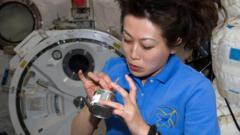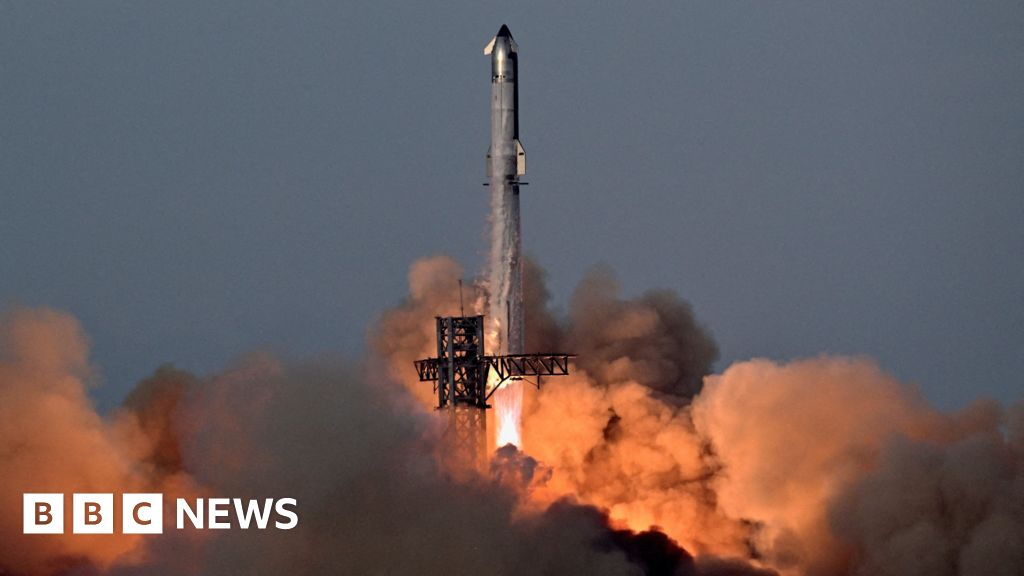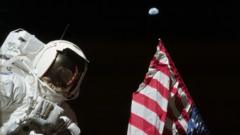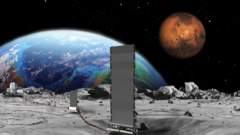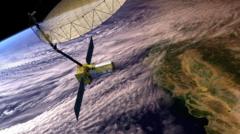A pioneering mission to cultivate food in space aims to transform how astronauts eat in orbit and potentially on other planets. Launched today, the European Space Agency (ESA) project seeks to evaluate the viability of lab-grown meals, like steak and mashed potatoes, in low gravity and high radiation conditions.
This initiative is part of a broader feasibility study funded by ESA to reduce the sky-high costs of feeding astronauts, estimated at around £20,000 per day per crew member. Dr. Aqeel Shamsul, CEO of Bedford-based Frontier Space, highlighted that developing a small pilot food production facility on the International Space Station (ISS) could be a vital step towards off-world sustainability within the next two years.
As the push towards making humanity a multi-planetary species advances, lab-grown food would not only mitigate food costs but also provide diverse dietary options crucial for long-duration missions, including potential travels to Mars. “Our dream is to have factories in orbit and on the Moon,” said Dr. Shamsul, emphasizing the necessity of sustainable food production for human life in space.
The lab-grown food process involves cultivating essential nutrient components—proteins, fats, and carbohydrates—before transforming them into appetizing meals similar to those on Earth. While lab-grown chicken is currently available in markets like the US and Singapore, lab-grown steak awaits regulatory approval in regions like the UK and Israel. The primary aim of this research is enabling astronauts to consume fresh, nutritious meals as opposed to merely eating freeze-dried options.
Currently, the team has dispatched a mini bioreactor, engineered to test food cultivation capabilities, aboard SpaceX’s Falcon 9 rocket. The experiment, launched on Europe’s first commercial returnable spacecraft, Phoenix, will remain in orbit for approximately three hours before returning to Earth for analysis off the coast of Portugal. Researchers are hopeful that the data gathered will inform larger-scale bioreactor designs for anticipated future missions.
While the pioneering experiment includes developing unappetizing-looking “food” concoctions, efforts are underway at Imperial College to enhance taste and presentation. Culinary Education Designer Jakub Radzikowski is experimenting with existing ingredients to create appealing dishes that may one day incorporate lab-grown components, replicating popular global cuisines to cater to the diverse palates of astronauts.
Helen Sharman, the UK’s first astronaut, recently sampled some test recipes and expressed optimism about the potential of lab-grown food to improve astronauts’ diets. “It could provide more nutritious options and variety, which is critical in space where appetites can wane,” she explained, stressing the importance of stimulating appetites and nutritional needs for long-term missions.
As missions to the Moon and Mars gather momentum, innovative food production methods like these can be key to unlocking a sustainable future for human life off our planet. The advances in food technology may soon redefine space diets, allowing astronauts to enjoy familiar meals that enhance their overall experience while working in the extreme environment of outer space.

